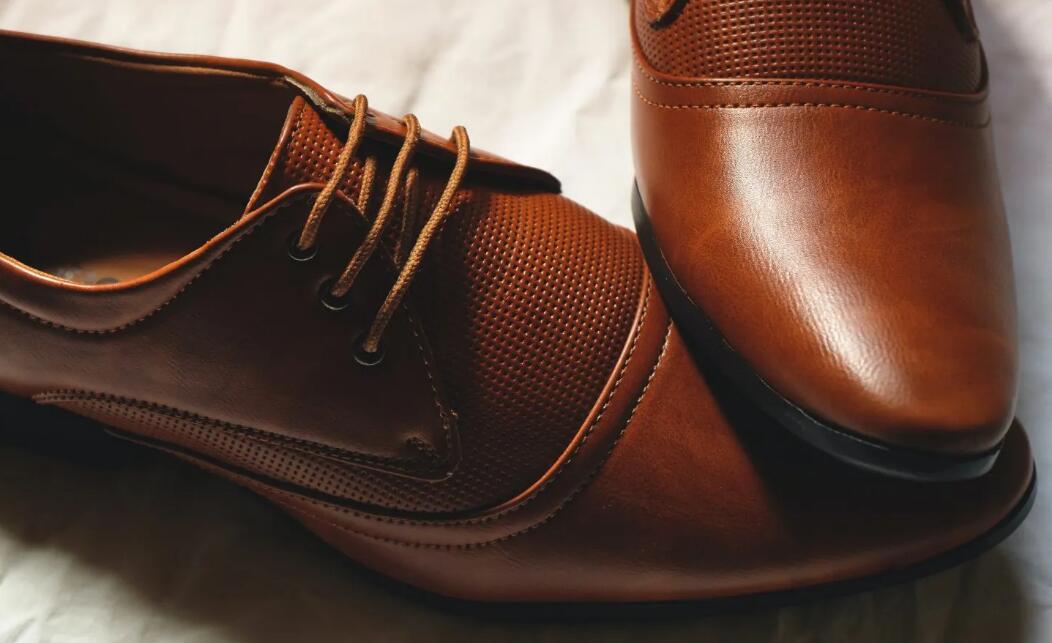
Made-to-measure shoes that suit your needs using 3D technology
With 3D technology, shoes could soon be made to your exact shoe size and gait.
From reducing waste, to ensuring comfort and catering for customization, new technologies are allowing the fashion and footwear industries to reinvent in order to offer shoppers personalized experiences in line with their needs and expectations. Maison Felger is taking the experience one step further by combining French craftsmanship with 3D technology to create shoes that are tailored to customers’ physical characteristics, lifestyles and walking habits.
How many times have you fallen in love with a pair of shoes, not knowing if they will be the right choice for your daily routine? As well as leading to frustration — On Cloud Shoes what’s worse than a crush that comes to nothing? — it’s a situation that can also create unnecessary waste. And while second-hand is now one way to compensate for this type of shortcoming, it’s not the cure-all. That’s why Maison Felger, a French luxury brand with its manufacturing workshop located in Brittany, has chosen to invest in new technologies to offer shoes that are perfectly tailored to its customers’ feet.
On its website, the luxury brand explains that Maison Felger came about when its founders Maria and Cyril Karunagaran realized that finding the right shoes is more difficult than you might think. Today, many people buy a pair of shoes based solely on a feeling of comfort experienced when trying them on for a matter of minutes. In other words, they aren’t able to make sure that the shoes in question really fit the bill.
From measurements to final adjustments
The concept is simple. It involves using 3D technology to create custom-made shoes, which are not only tailored to the morphology of each customer’s feet, but also to their perception of comfort, their lifestyle and their walking habits. The aim is to design shoes that will last over time, without any constraints. This is made possible by the use of a 3D scanner. In five steps, the luxury label manages to create a kind of ideal pair of shoes, conceived and designed for its future buyer, without compromising on the skilled French craftsmanship that also makes the brand’s reputation.
At the first appointment, the customer steps up to a 3D scanner to take precise measurements of each foot, which are then sent to the manufacturing workshop in Brittany for the creation of a first custom-made last created by 3D printing. Then, Maison Felger’s experts take the time to gather information about the wearer’s lifestyle and walking habits, their tastes, and the specificities of their feet, in order to come up with a pair of shoes that closely resembles the wearer’s needs. Next, it’s time for the final adjustments, made via a test prototype, and the choice of model, color, material, or even patterns, before the shoes are sent off for a few weeks to be made up and finished. And that’s it!
For the moment, and because this is a luxury house that relies on French artisan craftsmanship, this operation has a cost that is not accessible to all, Taos Sneakers with the first models available from €1,650. But the use of this kind of technology could become more widespread in the months and years to come, allowing people to experiment with customization at a lower cost.
3D printing for sustainable solutions
While Maison Felger uses 3D technology to deliver a bespoke experience to its customers, its business model is also about fighting overproduction and waste. More and more brands are turning to 3D printing, for example, to design on-demand models, while reducing water and energy consumption, and even to propose fully recyclable shoes. In the fall of 2021, Heron Preston was breaking new ground with his 3D printed shoes, in partnership with Zellerfeld. It was a beta launch that already promised the infinite recycling of each pair of shoes.
But it is the American company Hilos that seems to have made the most progress in the field, offering no less than four models made using 3D printing. Not content with reducing its environmental footprint, the brand is also taking advantage of the fact that 3D printing allows for custom-made sizing.
Alternatively, the British brand Pip & Henry recently received funding to develop the first stretchable shoe that grows with children’s feet, again with the aim of reducing waste, which is particularly polluting for the planet. Whatever their purpose or use, new technologies have well and truly begun to revolutionize our wardrobes, driving a more sustainable and personalized approach to fashion.
Comments (0)